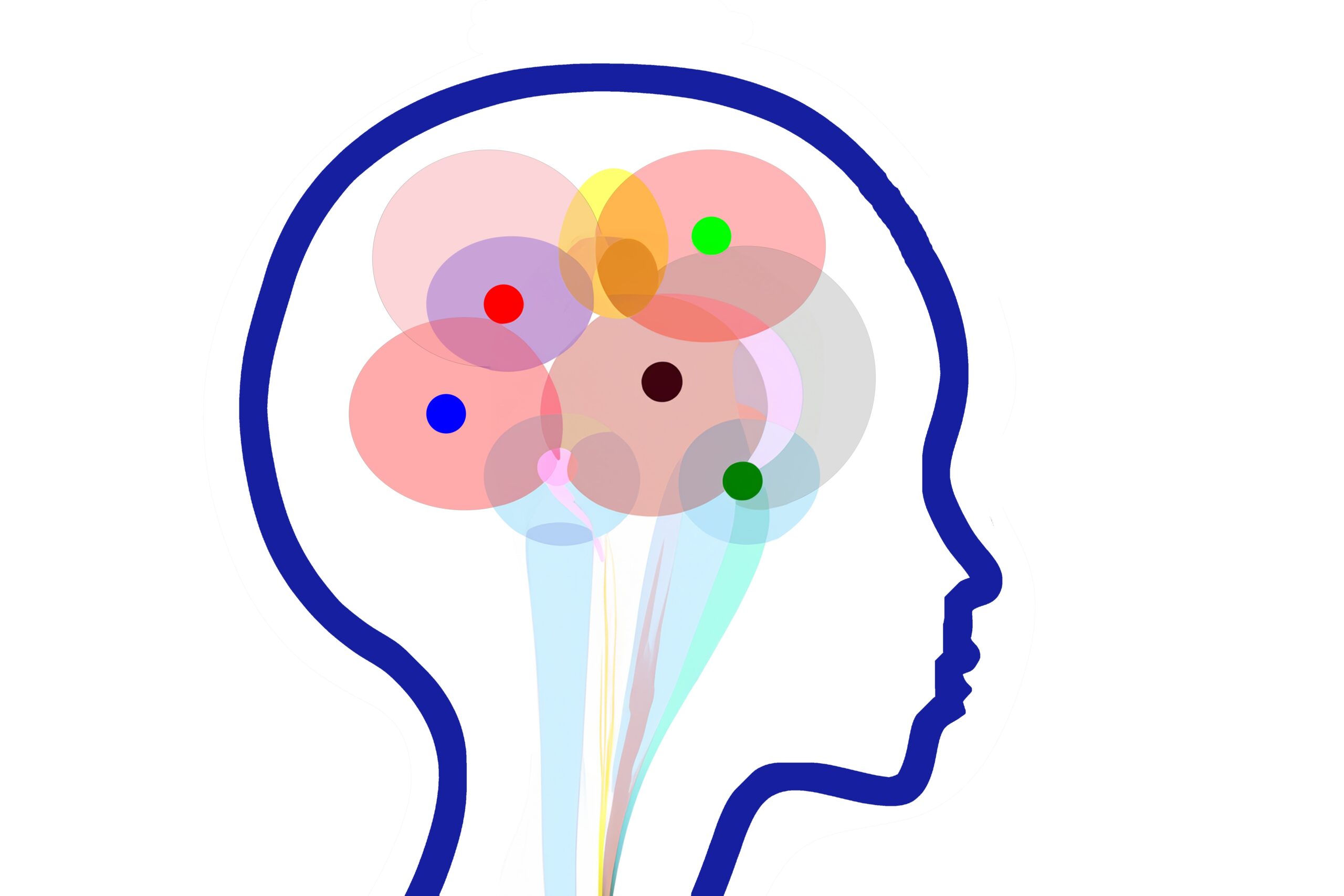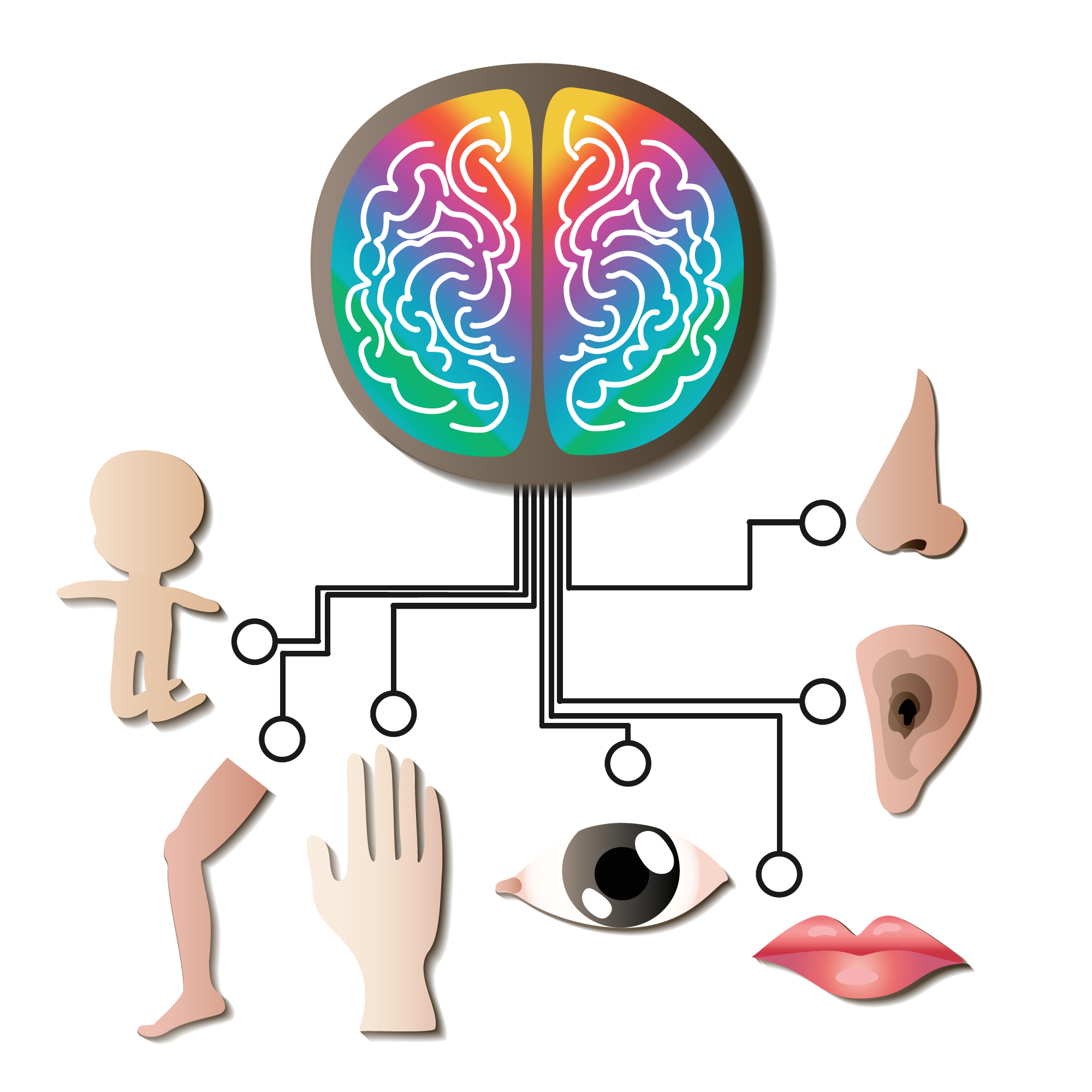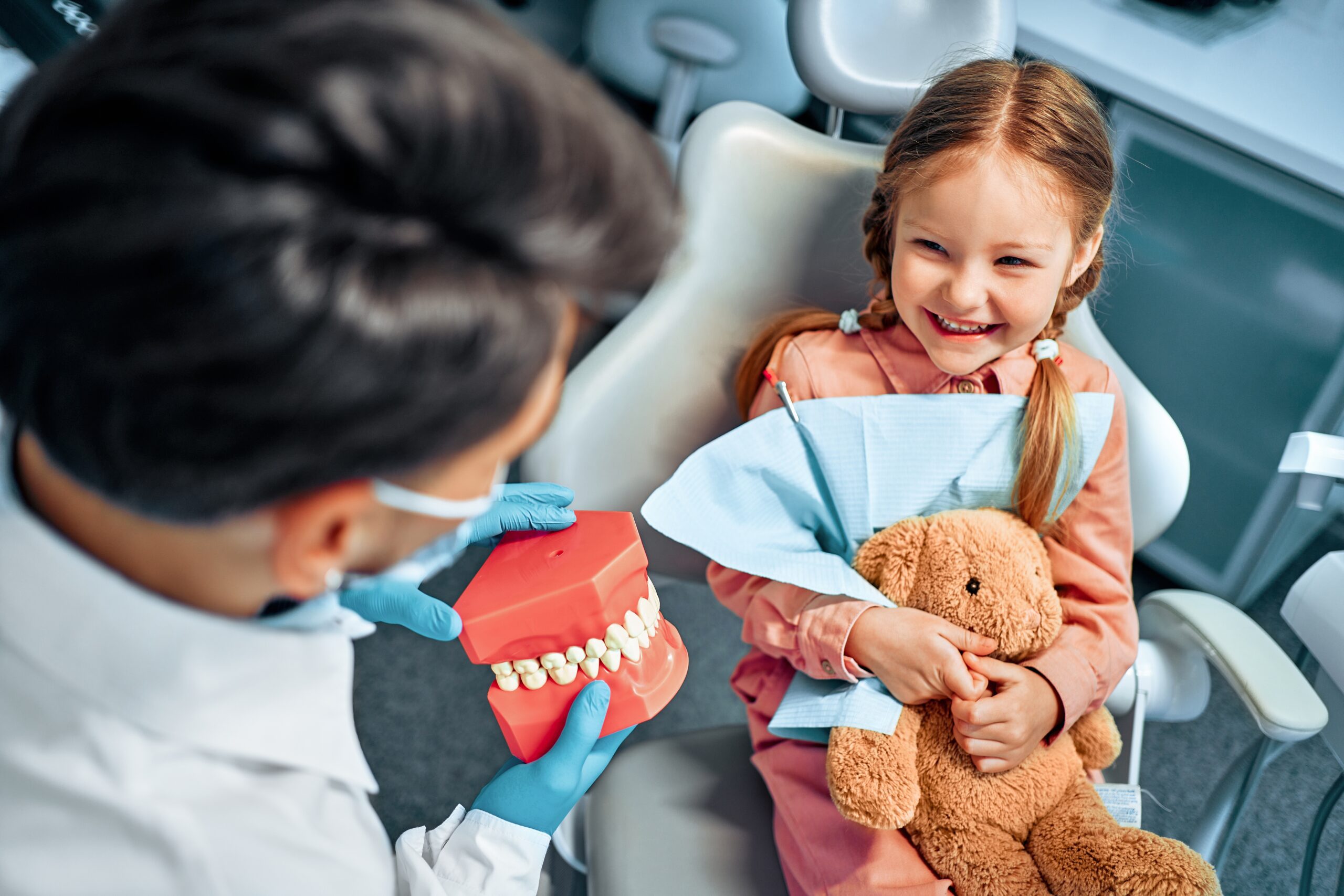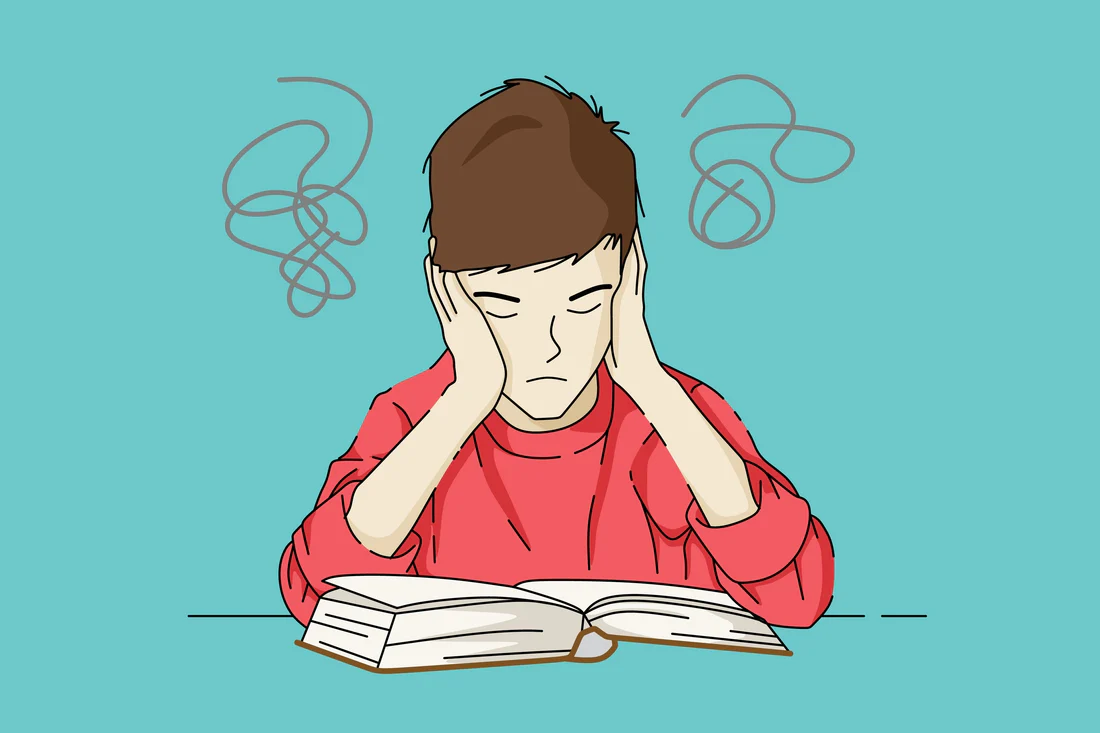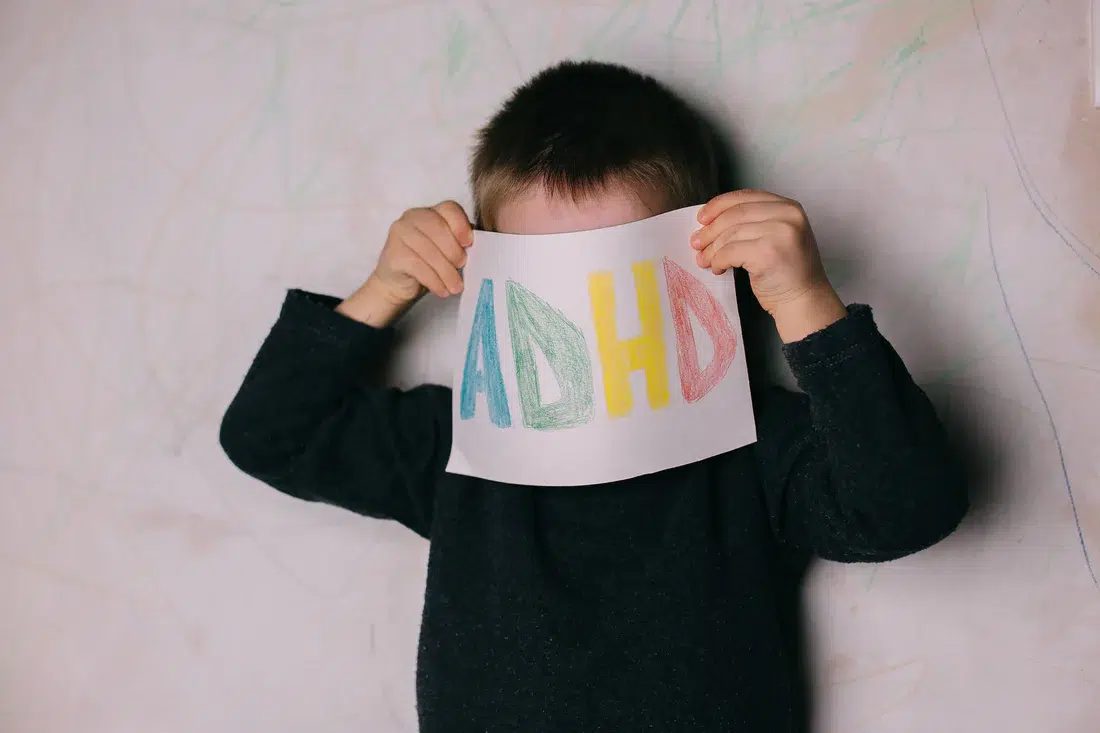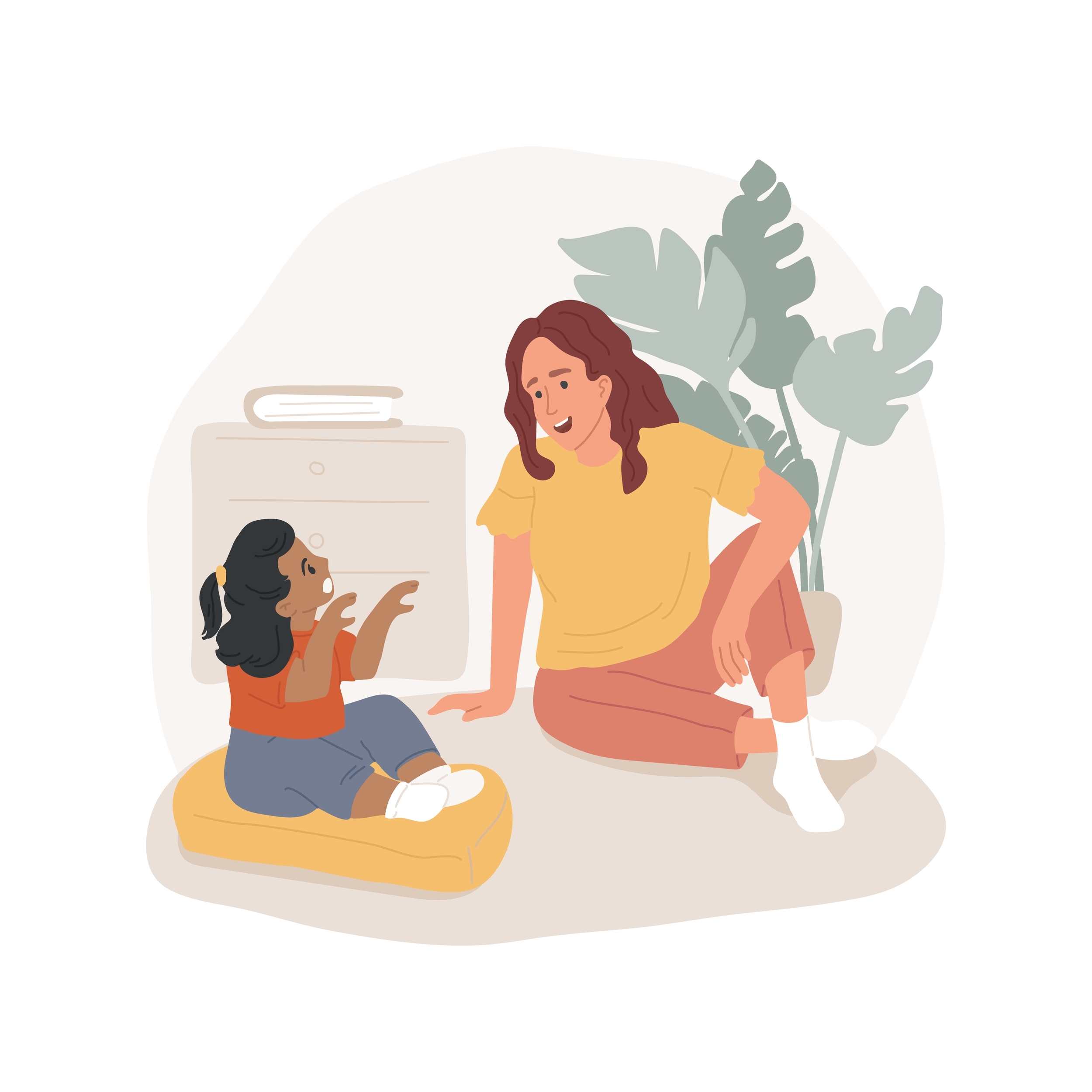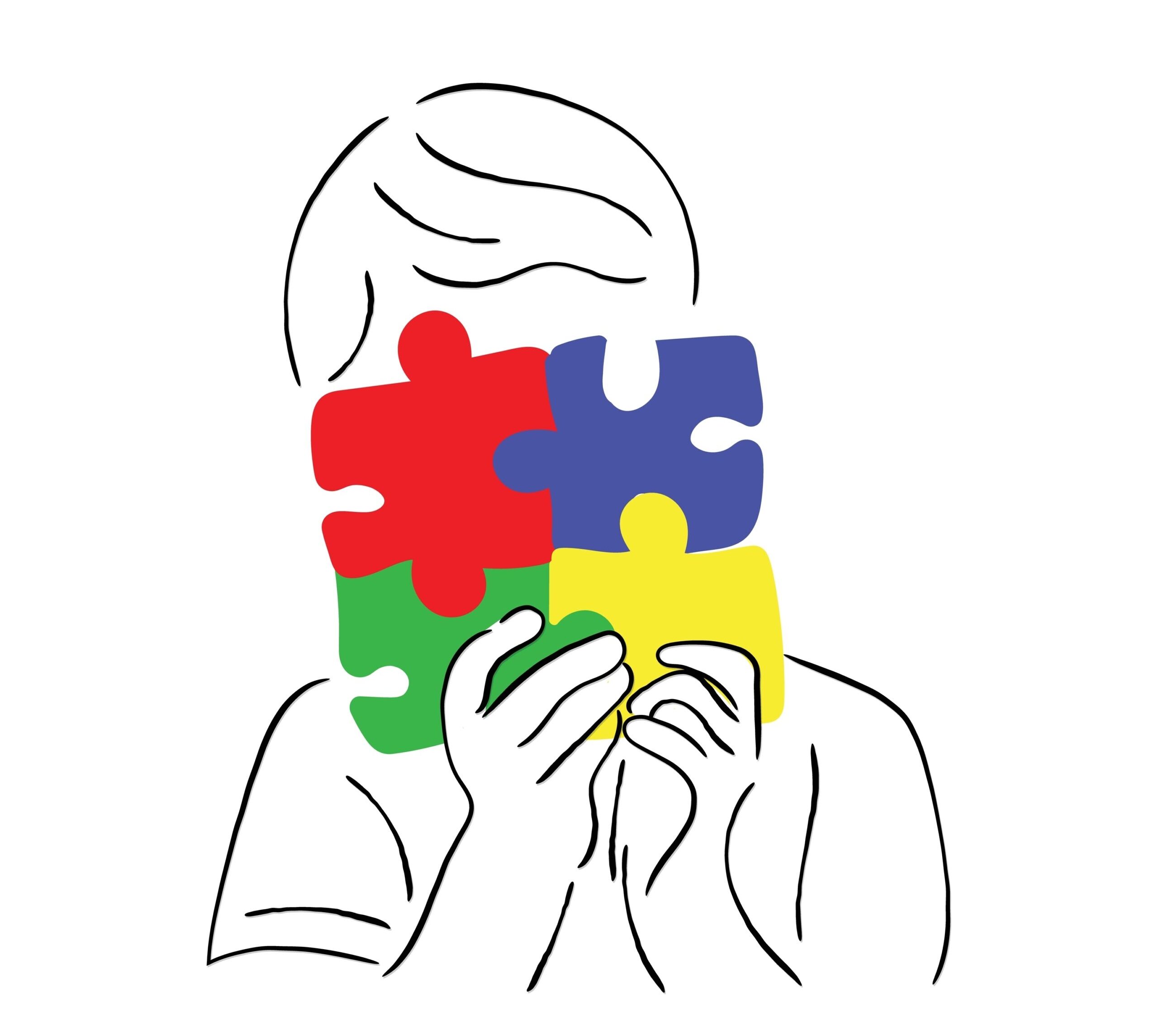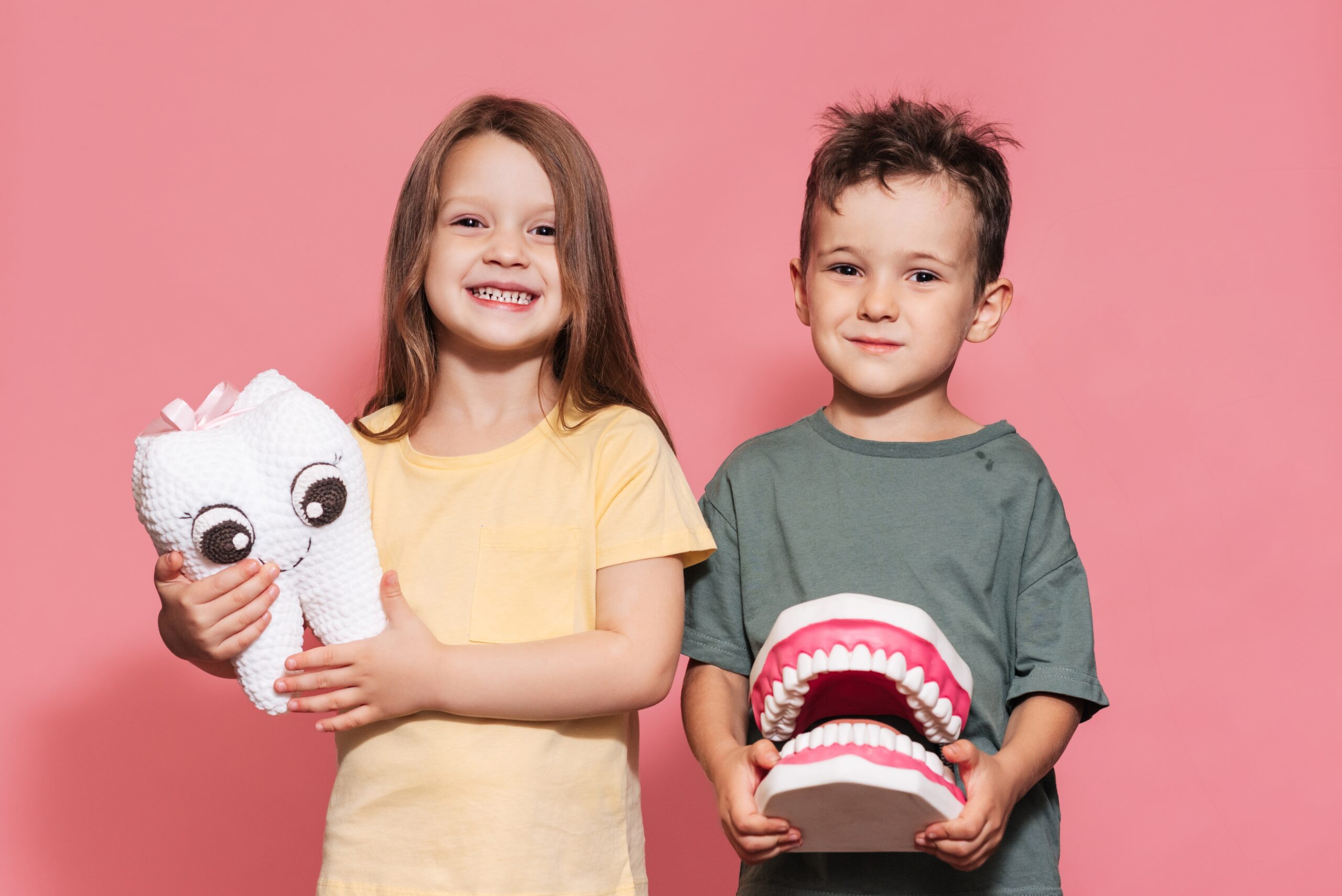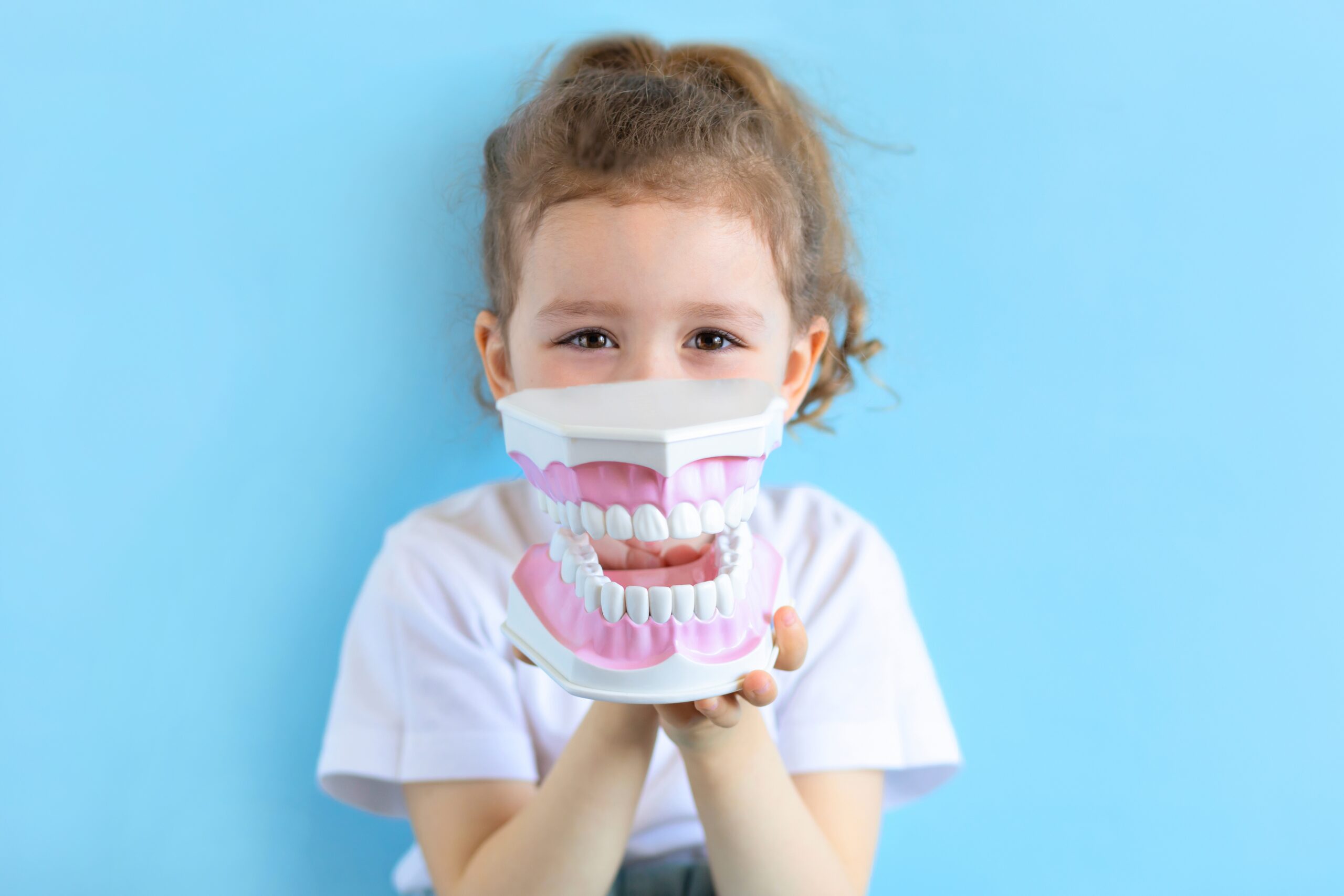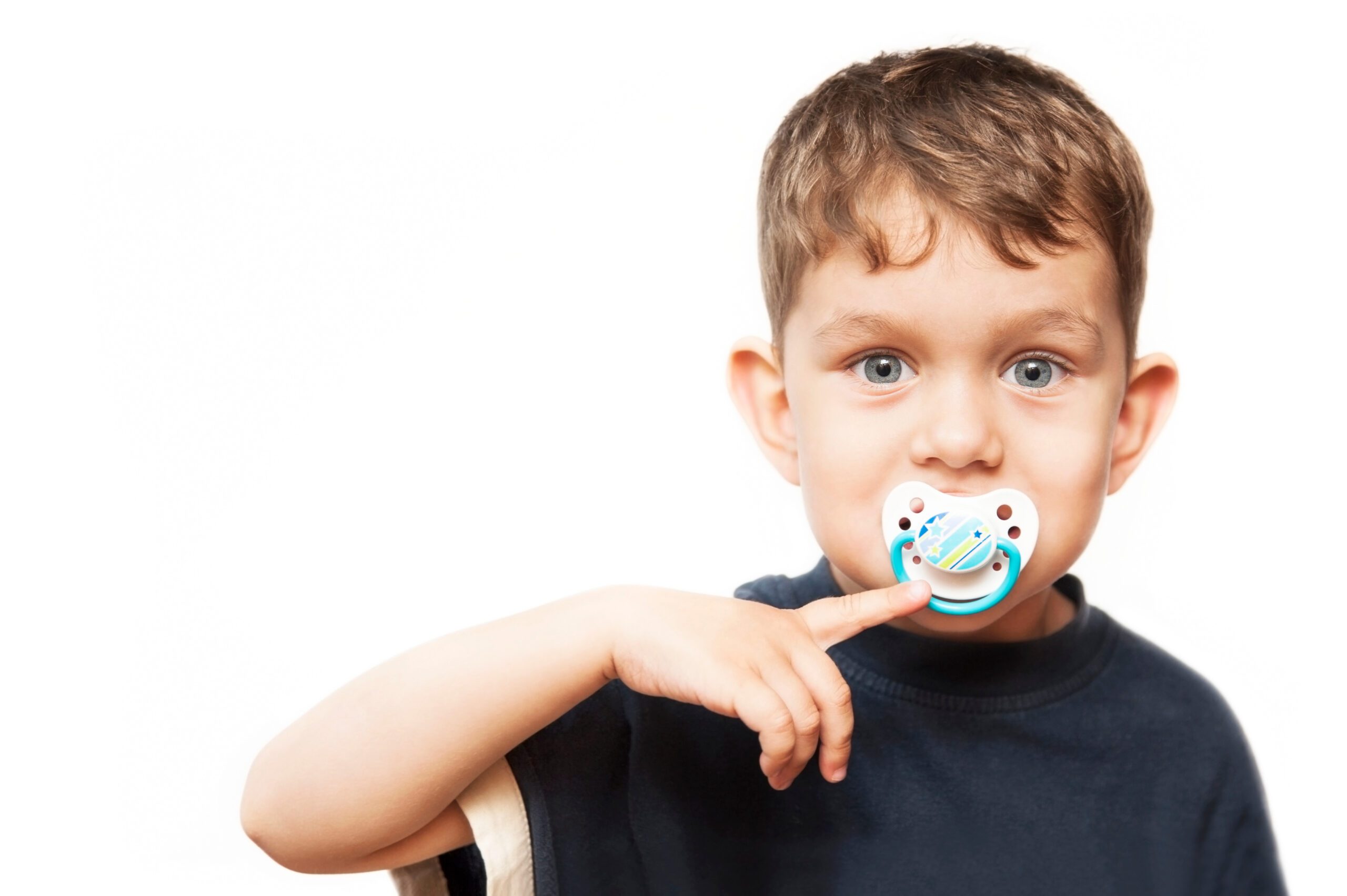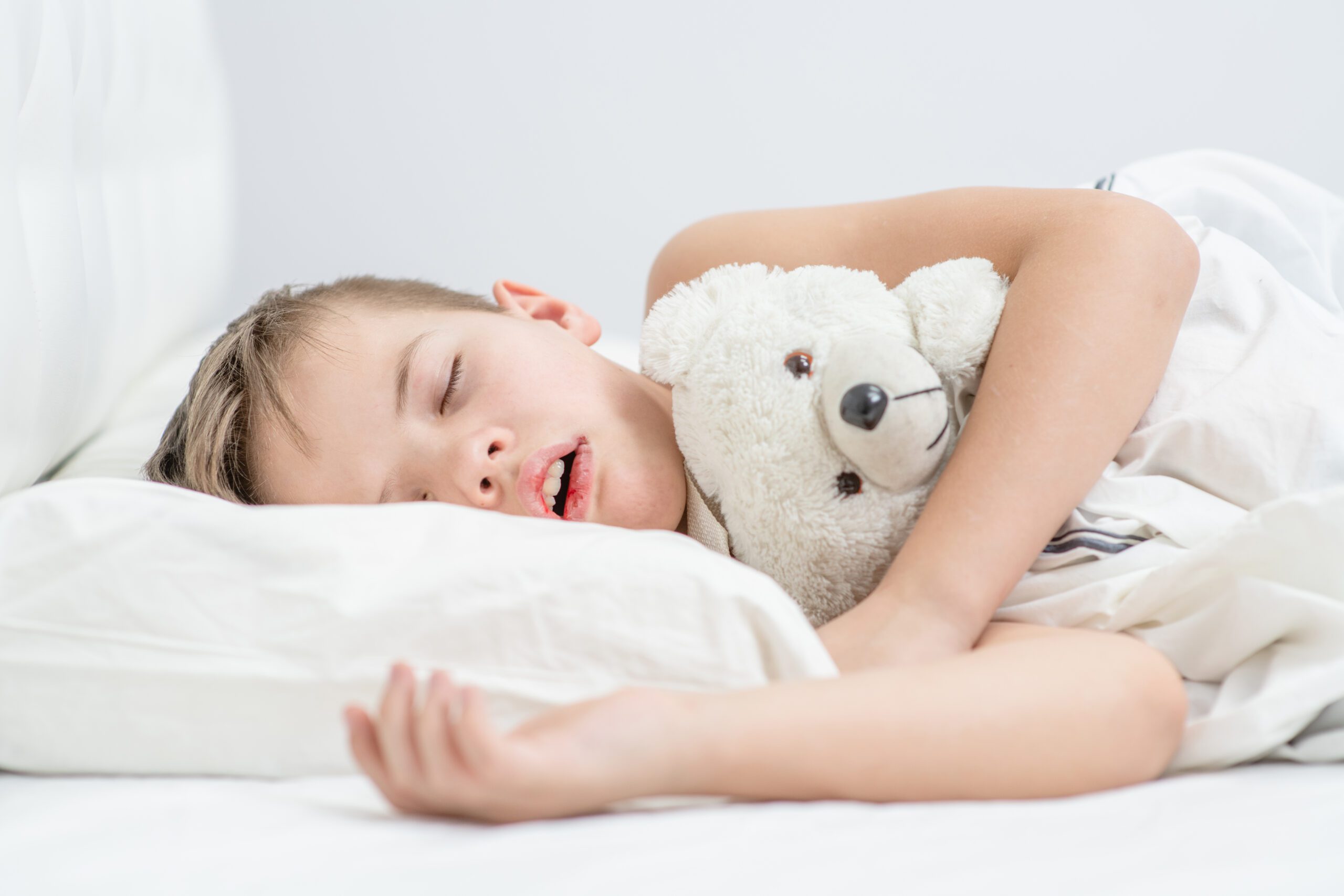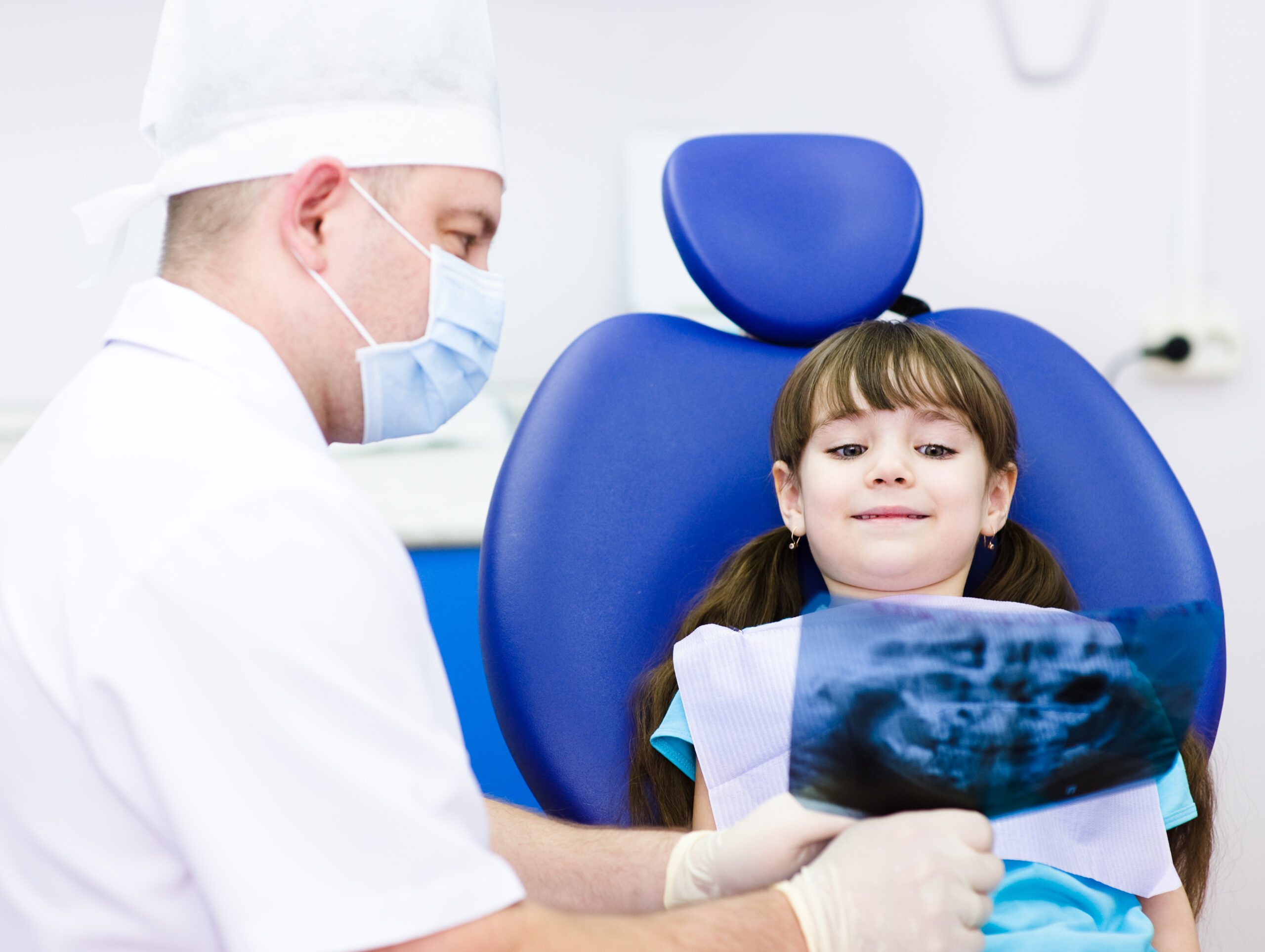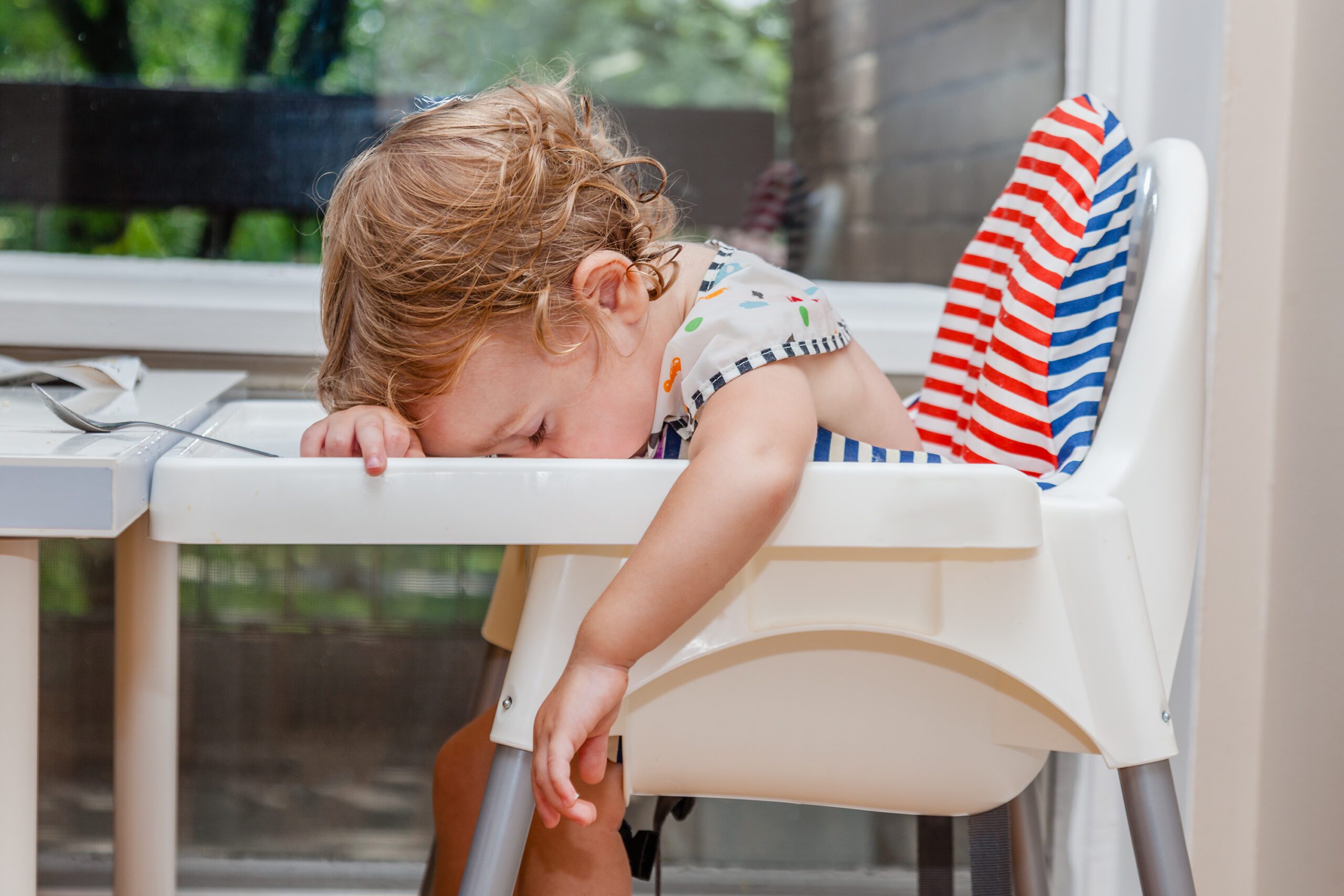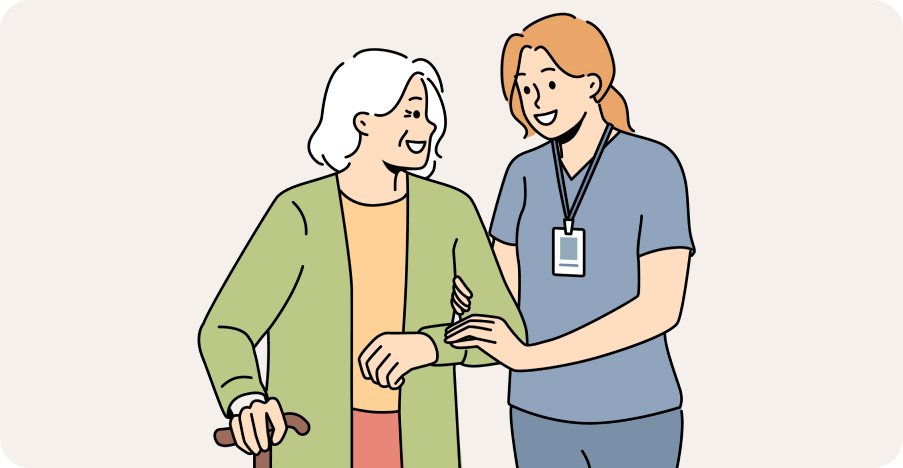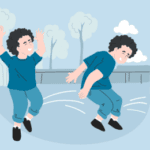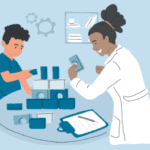
Blog
Top Strategies for Parents to Support Children with ADHD at Home and School
Author: DrSensory
May 3, 2025
Top Strategies for Parents to Support Children with ADHD at Home and School
Supporting kids with ADHD takes more than reminders and patience. For parents and educators, understanding ADHD and providing the right resources at home and school can truly empower children to thrive. This guide answers essential questions and shares actionable strategies for anyone engaging with children who have ADHD.
Whether you’re a parent seeking holistic treatment for ADHD, an educator looking for classroom tools, or a therapist supporting families, you’ll find valuable insights to help children with ADHD reach their potential.
What is ADHD and How Does It Impact Kids?
ADHD (Attention-Deficit/Hyperactivity Disorder) is a neurodevelopmental condition that affects millions of children worldwide. It is characterized by persistent patterns of inattention, impulsivity, and hyperactivity. These behaviors can make daily life, learning, organization, and social interaction more challenging for kids with ADHD.
Many families wonder about the best ways to support children with ADHD at home and at school. The good news is that, with the right strategies, every child can achieve success in their own way.
Expert Insight:
“Creating a structured yet flexible environment can significantly improve focus and reduce anxiety in children with ADHD.”
– Dr. Sarah Thompson, child psychologist
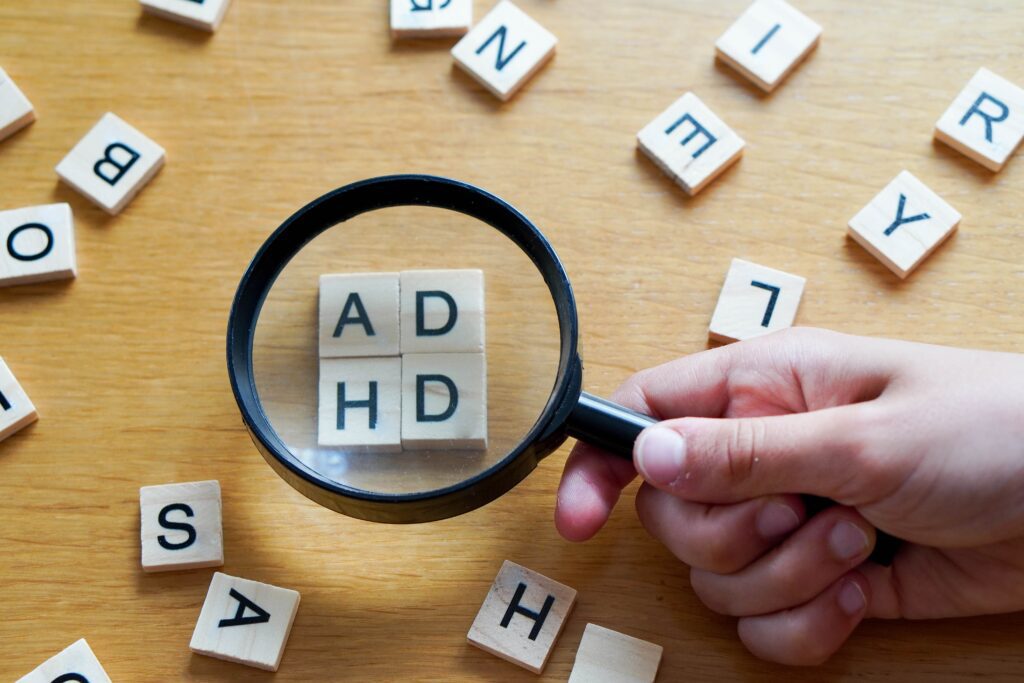
Creating a Supportive Home Environment
A nurturing home environment helps kids with ADHD feel safe and confident. Here are proven tips for setting up your household for success:
1. Establish Routines and Predictability
- Design a consistent daily schedule. Visual charts or planners can help children know what to expect.
- Keep routines simple. Limit distractions at homework and mealtimes.
- Prep the environment. Create a dedicated homework space free of excess noise or clutter.
2. Use Clear and Positive Communication
- Break complex tasks into smaller steps.
- Use positive reinforcement rather than criticism.
- Implement reward systems for achieving goals.
3. Build in Opportunities for Movement
- Schedule regular breaks. Allow physical activity in between tasks.
- Encourage activities like jumping on a trampoline, yoga, or walks.
4. Nutrition and Sleep Support
- Balanced meals (protein-rich breakfasts, complex carbs) can help regulate energy.
- Regular sleep routines support focus and emotional regulation.
Effective Communication Strategies
Strong communication within the family and with the child’s support network is key.
- Active listening: Give your child your full attention when they talk.
- Positive language: Praise efforts, not just achievements.
- Visual reminders: Use sticky notes or phone alarms for important tasks.
- Collaborative problem-solving: Work together to find solutions to daily challenges.
Educational Support and Advocacy
Navigating school with ADHD can be daunting for parents and kids. Here’s how to make the most impact:
1. Know Your Child’s Rights
Kids with ADHD are often eligible for 504 Plans or Individualized Education Programs (IEPs) in public schools. These plans provide accommodations, such as extra testing time or movement breaks.
2. Advocate Effectively
- Document your child’s needs. Share ADHD diagnosis and recommendations with the school.
- Request regular meetings with teachers and school counselors to track progress.
- Encourage open dialogue about challenges and strengths.
Expert Insight:
“Collaboration between parents and teachers is key to understanding and meeting the individual needs of students with ADHD.”
– Emily Carter, special education teacher
Collaborating with Schools and Educators
Positive partnerships between families and schools create the best outcomes.
- Share strategies that work at home with teachers.
- Request regular updates and share challenges as they arise.
- Promote empathy and understanding within the classroom.
- Identify a “point person,” such as a school counselor or special educator.
Tip: Advocate for classroom supports, such as sensory seating, fidget tools, or written instructions for assignments.

Utilizing Assistive Technologies
The right technology can make learning more accessible and organized for kids with ADHD.
Recommended Tools
- Visual timers and reminders: Apps like Time Timer help kids track tasks.
- Voice-to-text and audiobooks: Support reading and writing challenges.
- Organizational apps: Tools like Trello or Google Keep assist with planning.
Expert Insight:
“Assistive technologies can be game-changers. They provide alternative ways for kids with ADHD to engage with learning material.”
– Laura James, occupational therapist
For more technology recommendations, explore DrSensory.com.
Encouraging Extracurricular Activities
Holistic treatment for ADHD involves more than academics. Engaging in social, creative, and athletic activities builds confidence and resilience.
Activity Ideas
- Team sports (with patient coaches)
- Art, drama, and music programs
- Martial arts or yoga for self-discipline
- Scouts or social groups for belonging
These outlets offer safe spaces for self-expression, relationship building, and channeling energy.
Addressing Emotional Well-being
Children with ADHD often feel misunderstood or frustrated. Emotional well-being is crucial for development.
Emotional Support Strategies
- Validate feelings: Listen without judgment.
- Teach coping skills: Mindfulness, breathing exercises, and journaling.
- Therapeutic support: Professional counseling, occupational therapy, or speech therapy can provide practical tools.
- Self-esteem activities: Encourage your child’s interests and celebrate small victories daily.
Expert Insight:
“Empowering children with ADHD involves fostering their strengths and helping them develop effective mechanisms that allow them to thrive.”
– Eva Lassey PT, DPT
Resources and Further Reading
Educate yourself and your child about ADHD. Knowledge helps reduce stigma and fosters self-advocacy.
- DrSensory.com: Offers ADHD resources, a therapist database, and therapy clinic directory.
- Books: Look for guides on parenting ADHD, like “Driven to Distraction” or “Taking Charge of ADHD.”
- Support groups: Local or online, they offer advice and shared experience.
- Therapist and clinic search: Use the DrSensory Therapist Database or Clinic Directory to find accredited professionals.
Frequently Asked Questions
What are alternatives to ADHD medications?
Some families pursue behavioral therapy, dietary changes, exercise, mindfulness, and sleep interventions as ADHD medication alternatives. Consult with healthcare providers to build a holistic plan.
Is there a holistic treatment for ADHD?
A holistic approach combines routines, positive communication, therapy, lifestyle changes, and when needed, medication. Integrative care produces the best outcomes.
How can I support my child with ADHD at school?
Collaborate closely with teachers, secure personalized accommodations, maintain open communication, and encourage self-advocacy in your child.
What types of therapy benefit kids with ADHD?
Occupational therapy, physical therapy, and speech therapy can all support social skills, executive functioning, self-regulation, and communication for kids with ADHD.
Where can I find expert help for kids with ADHD?
Visit DrSensory.com to find a therapist or therapy clinic specializing in ADHD.
Empowering Kids with ADHD and Their Families
Supporting a child with ADHD is a dynamic and rewarding process. Consistency, empathy, and collaboration between home and school form the foundation for success. By seeking resources, using evidence-based strategies, and affirming your child’s strengths, you can help them thrive both academically and emotionally.
Equip yourself with up-to-date insights and expert support.
Learn more at DrSensory.com, where you can take quizzes, connect with therapists, and access a range of resources tailored to kids with ADHD. Take the next step by finding a therapist in the DrSensory Therapist Database or connecting with a therapy clinic in our Clinic Directory. Your support can make a lifelong difference.
related blogs
Your child is constantly moving, crashing into furniture, or having meltdowns in response to seemingly minor things like a loud
Your toddler refuses to wear certain clothes, has huge meltdowns in noisy places, or is an extremely picky eater, limited
Your child seems to miss verbal instructions, struggles to follow conversations in noisy environments, and often asks "what?" even when
On the surface, autism and Ehlers-Danlos syndrome (EDS) might seem like two entirely unrelated conditions. One is a neurodevelopmental condition
The intense head pain begins, lights feel blindingly bright, and every sound seems amplified to an unbearable level. You retreat




